10 Examples of Magnetic Induction
Magnetic induction is a phenomenon where a changing magnetic field induces an electromotive force (EMF) or voltage in a conductor. This fundamental principle has numerous applications in various technologies. Electric generators and transformers are very common examples of magnetic induction.
Examples of magnetic induction
Here are ten examples of magnetic induction.
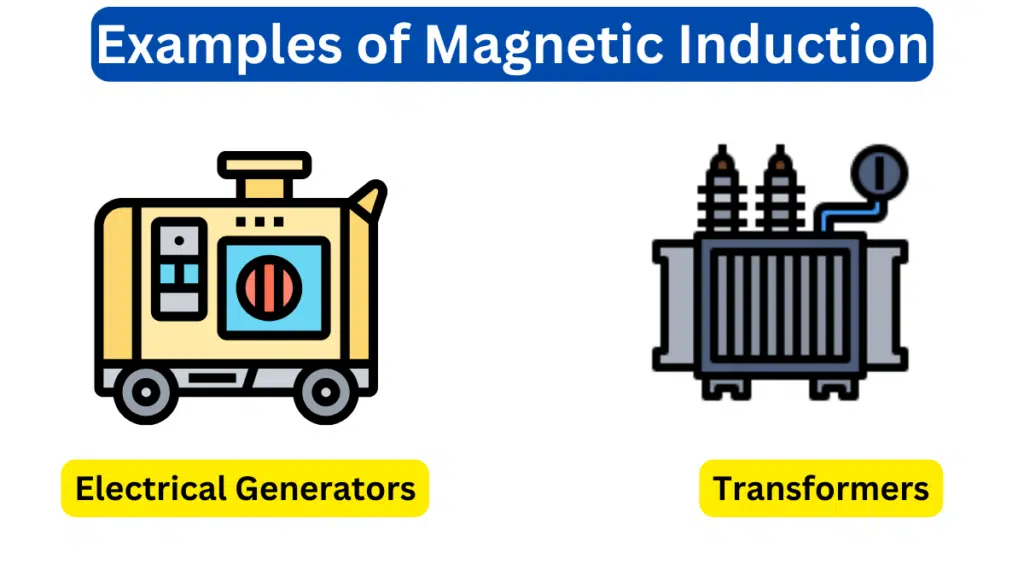
1. Electrical Generators
Generators use the principle of magnetic induction to convert mechanical energy into electrical energy. Rotating magnets or coils induce a voltage in the stator coils.
2. Transformers
Transformers rely on magnetic induction to change the voltage of alternating current (AC). The primary coil’s changing magnetic field induces a voltage in the secondary coil, allowing for voltage transformation.
3. Induction Cooktops
Induction cooktops use magnetic induction to heat cookware directly. An alternating current passes through a coil beneath the cooktop’s surface, inducing a magnetic field that heats the metal cookware through eddy currents.
4. Wireless Charging
Magnetic induction is the basis for wireless charging technology. A primary coil generates a changing magnetic field, inducing a current in a nearby secondary coil (inside the device) to charge it wirelessly.
5. Metal Detection
Metal detectors use magnetic induction to detect metallic objects. When a conductor (metal) enters the detector’s magnetic field, it induces a current that is detected and used to alert the operator.
6. Eddy Current Brakes
Eddy current brakes utilize magnetic induction to provide non-contact braking in some train systems. As a conductor passes through a magnetic field, eddy currents are induced, creating a braking force.
7. Magnetic Induction Heating
Induction heating uses magnetic induction to heat metals or conductive materials for various applications, including metal hardening, melting, and cooking.
8. Eddy Current Testing
Eddy current testing is a non-destructive testing method that employs magnetic induction to detect cracks, defects, or changes in material properties in conductive materials.
9. Eddy Current Sorting
In recycling and material processing, eddy current sorting systems use induced currents to separate conductive materials from non-conductive ones.
10. Magnetic Flowmeters
Magnetic flowmeters, also known as magmeters, measure the flow rate of conductive liquids by inducing a voltage in the fluid as it flows through a magnetic field. The induced voltage is proportional to the flow rate.
These examples highlight the broad range of applications and technologies that rely on the principle of magnetic induction to generate electrical currents, detect metals, and heat materials, and perform various measurements and processes.

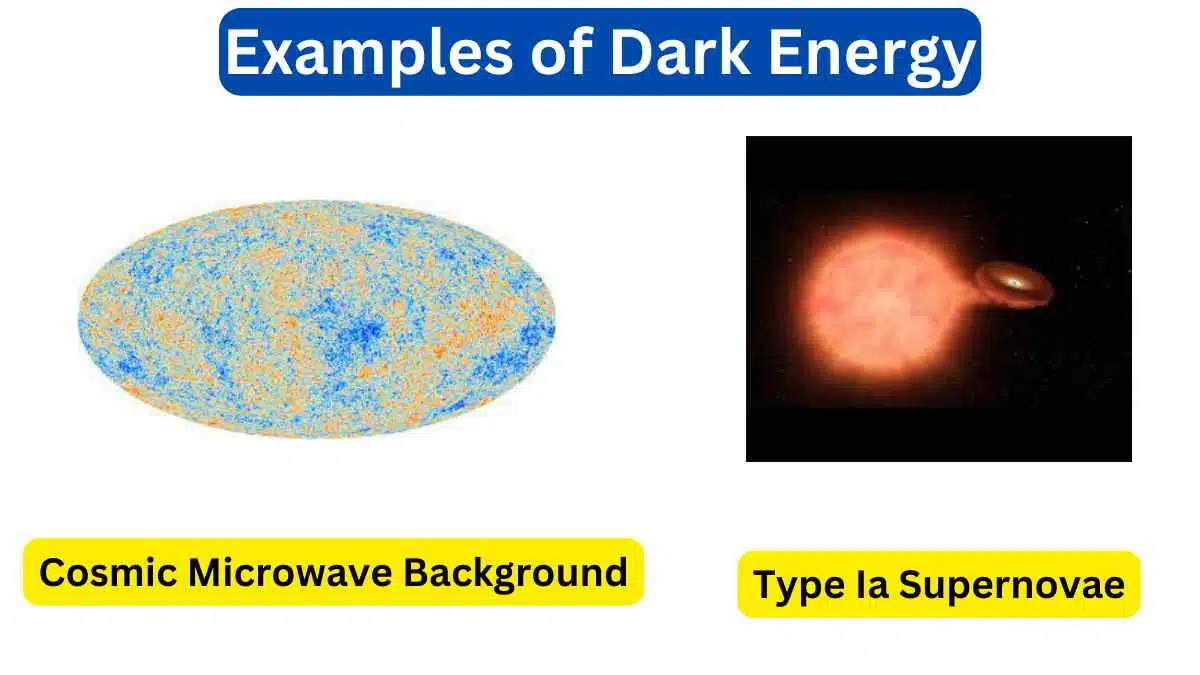
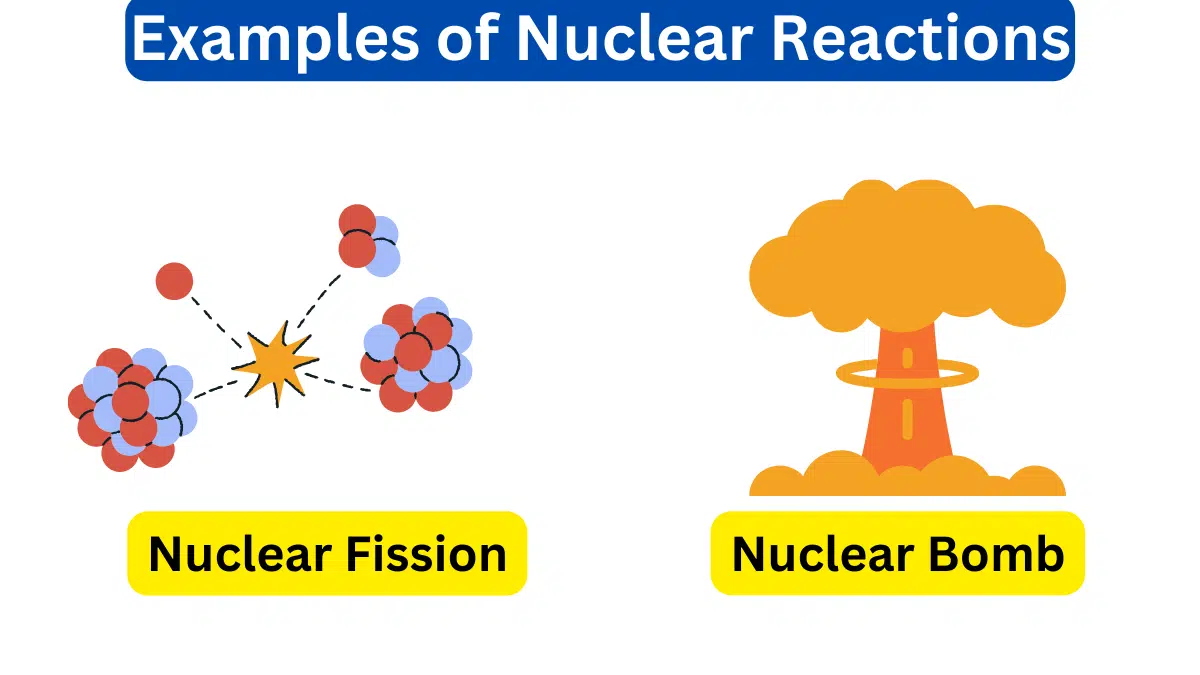
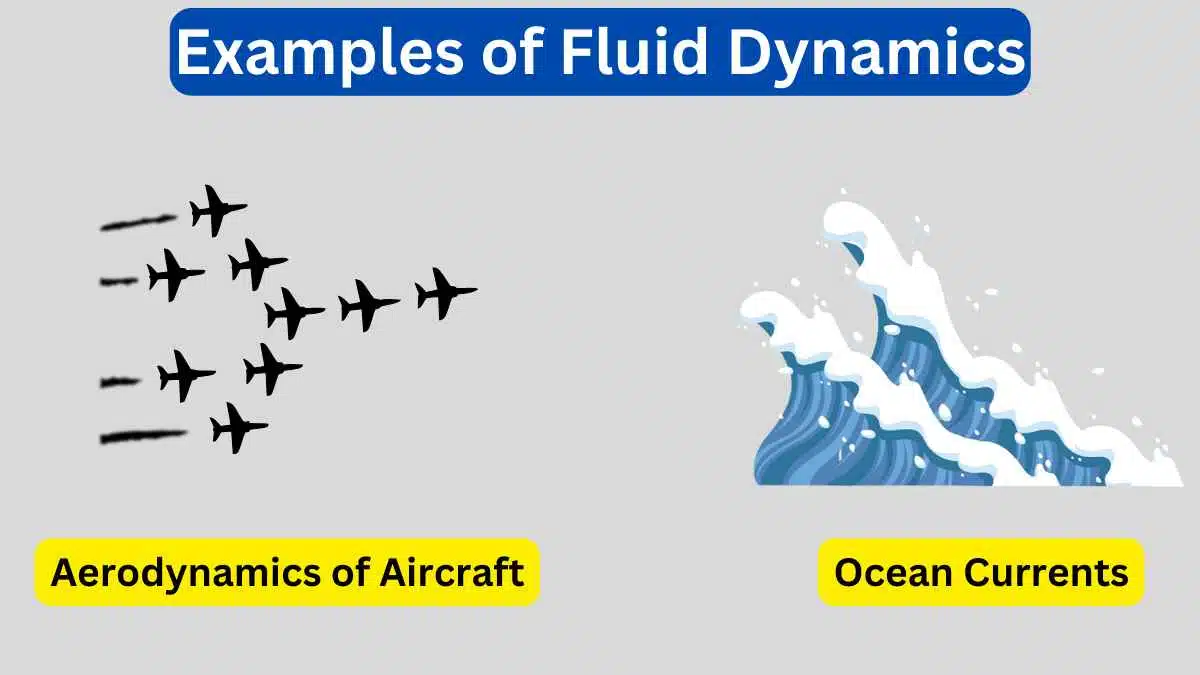
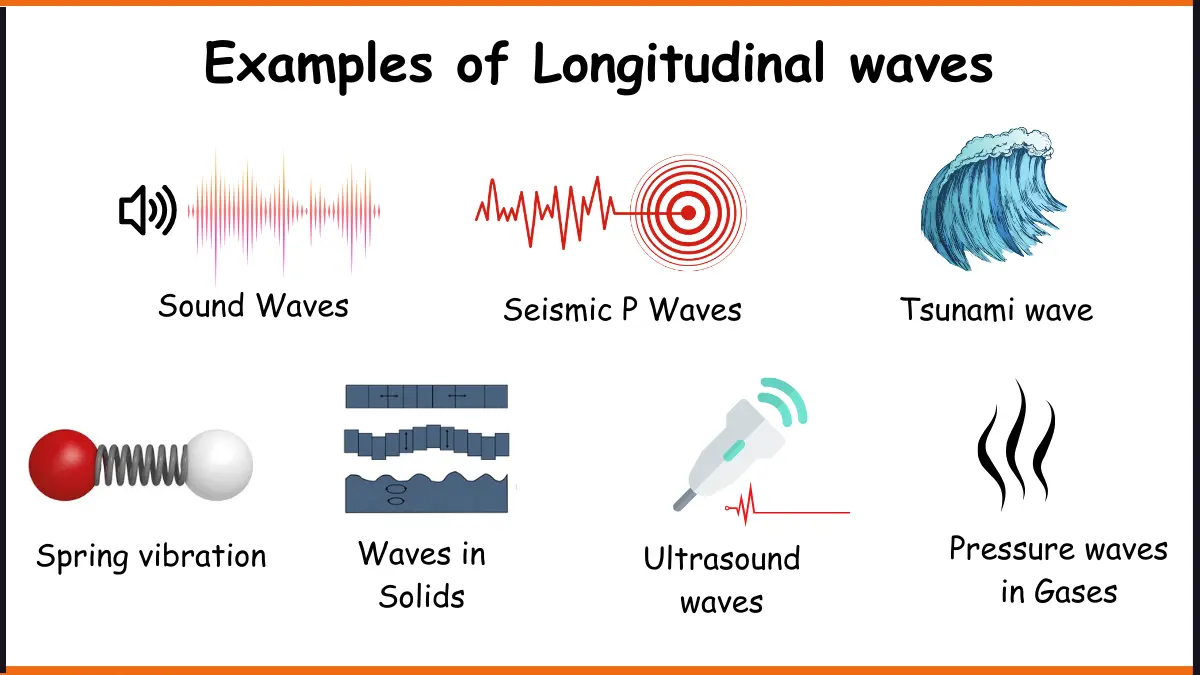


Leave a Reply